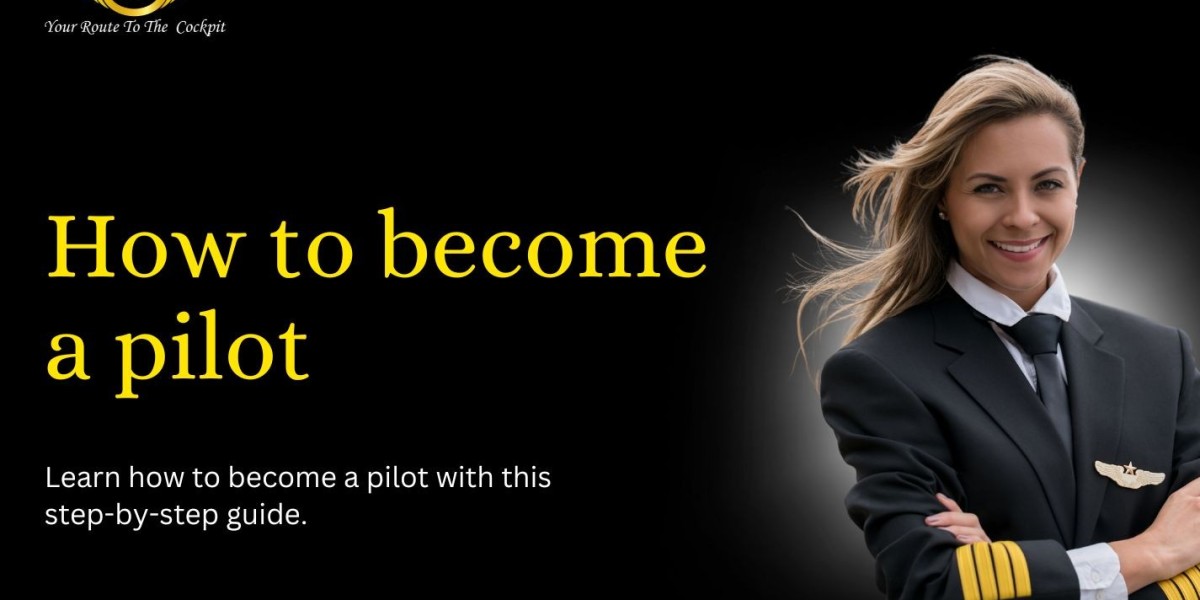Risks of Being a Pilot: What You Need to Know
Introduction
Becoming a pilot is a dream career for many, offering adventure, high salaries, and the thrill of flying. However, this profession comes with its own set of risks and challenges. If you are researching how to become pilot, it is crucial to understand the potential dangers associated with the job. From physical and mental strain to financial and safety risks, pilots must be well-prepared to navigate these challenges effectively.
1. Physical Health Risks
1.1. Exposure to Radiation
Pilots, especially those flying at high altitudes and long-haul international flights, are exposed to cosmic radiation. Over time, this exposure increases the risk of health issues such as cancer and cardiovascular diseases. Proper scheduling and limiting excessive long-haul flights can help mitigate this risk.
1.2. Hearing Damage
Frequent exposure to loud engine noise and communication systems can lead to gradual hearing loss. Pilots use noise-canceling headsets, but prolonged exposure still poses a risk.
1.3. Cardiovascular Stress
Irregular schedules, stress, and the sedentary nature of flying can contribute to cardiovascular diseases. Pilots must maintain a healthy lifestyle, incorporating regular exercise and a balanced diet.
2. Mental and Psychological Challenges
2.1. High-Stress Levels
Flying a plane is a high-responsibility job that requires quick decision-making under pressure. Pilots often deal with emergencies, weather challenges, and mechanical issues, leading to high stress levels.
2.2. Sleep Disruptions and Fatigue
Due to irregular working hours, night shifts, and long-haul flights, pilots experience sleep disruptions, leading to chronic fatigue. Sleep deprivation impacts reaction time and decision-making skills, increasing the risk of accidents.
2.3. Loneliness and Mental Health Struggles
Pilots spend long hours away from their families and social circles, which can lead to loneliness, depression, and anxiety. Many aviation companies offer counseling services to help pilots cope with mental health challenges.
3. Safety Risks
3.1. Risk of Aircraft Malfunctions
Mechanical failures, though rare, pose a serious threat. Pilots must be trained extensively in handling in-flight emergencies and must always adhere to safety protocols.
3.2. Weather Hazards
Flying through storms, turbulence, and other adverse weather conditions can be dangerous. Pilots undergo rigorous training to handle unpredictable weather changes, but it remains a persistent risk.
3.3. Bird Strikes and Runway Accidents
Bird strikes can cause significant damage to an aircraft, and runway accidents pose additional safety concerns. Proper training and air traffic control coordination help reduce such risks.
4. Financial and Career Risks
4.1. Expensive Training Costs
One of the biggest challenges in how to become pilot is the high cost of training. Aspiring pilots must invest a significant amount of money, often taking loans, with no guarantee of immediate employment.
4.2. Job Market Fluctuations
The aviation industry is highly sensitive to economic downturns, pandemics, and geopolitical events. Pilots may face job losses or reduced flight hours during economic crises.
4.3. Retirement Age and Medical Disqualification
Pilots have a mandatory retirement age, and medical disqualifications due to health issues can end careers prematurely. Maintaining good health is essential to prolonging a career in aviation.
5. Security and Hijacking Threats
Although rare, hijackings and security threats are risks pilots must be prepared for. Strict security protocols and training programs equip pilots with the necessary skills to handle such situations.
Conclusion
While becoming a pilot is an exciting and rewarding career, it comes with risks that aspiring pilots must be prepared to face. Understanding these challenges is a crucial step in the journey of how to become pilot. By maintaining physical and mental health, staying informed about industry trends, and following strict safety protocols, pilots can mitigate these risks and enjoy a fulfilling career in aviation.









